OFFICIAL WEBSITE OF EUROPA
about history contact
Europa was a Phoenician princess renowned throughout the ancient world for her extraordinary beauty. She possessed an ethereal grace that caught the attention of Gods and mortals alike, with flowing hair that reflected sunlight like spun gold and eyes that shone with the deep blue of the sea. Her beauty was so transcendent that it reached the heights of Mount Olympus, where Zeus gazed down upon the mortal realm with growing fascination.The masterpiece motif seen above was designed by J. A. Armenson and it historically commemorates the tale of Europa’s abduction. The continent of Europe derives its name from it, hence this webpage for Europa.The myth carries powerful symbolism that has been interpreted and reinterpreted throughout European history. The story of Europa being carried from the Near East horizon of Phoenicia to Crete in Europe can be read as representing the flow of civilization, knowledge, and culture from the ancient Near East into what became the European sphere. This migration narrative resonates with historical patterns of cultural transmission.The transformation of Zeus into a bull and the subsequent journey across the sea has been interpreted as representing the civilizing process itself - the divine bringing order and culture to new lands. Europa's three sons becoming rulers of important regions further reinforces themes of dynastic legitimacy and divine sanction.